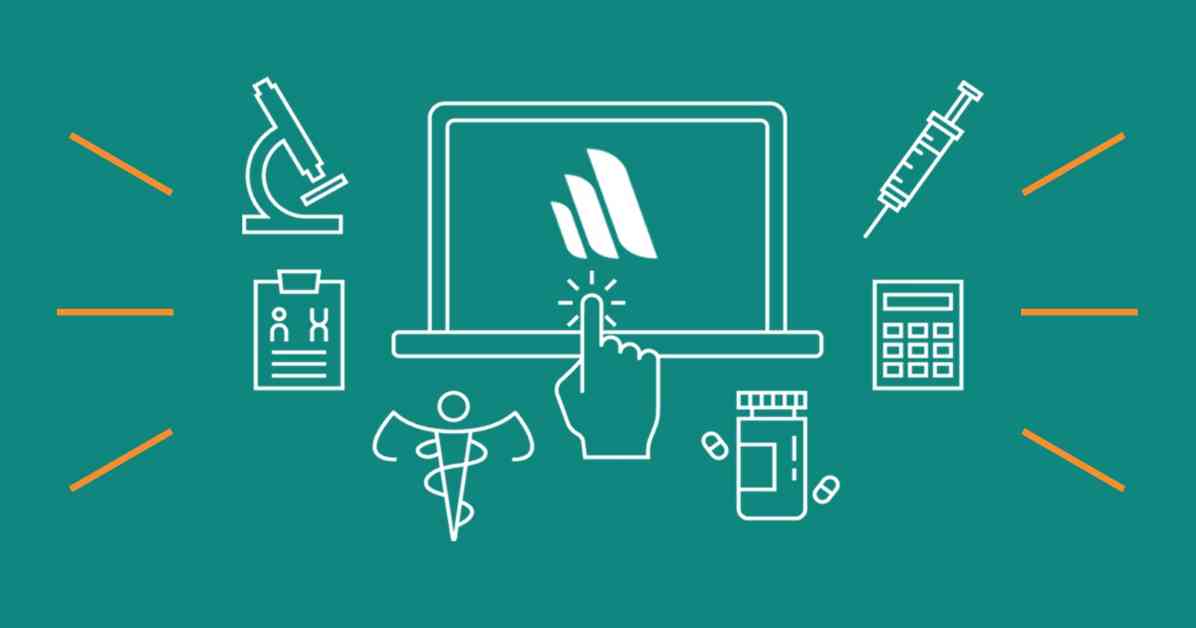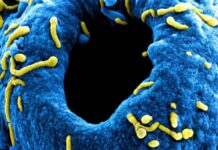Understanding and Managing Joint Pain in Multiple Joints
Joint pain that affects more than one joint, known as polyarticular joint pain, can be a challenging condition to manage. Whether it’s simply painful (arthralgia) or inflamed (arthritis), dealing with pain in multiple joints can significantly impact a person’s quality of life. It’s essential to understand the causes, symptoms, and treatment options available for managing joint pain effectively.
When it comes to joint pain, it’s crucial to differentiate between pain originating from the joints themselves and pain that may be coming from structures outside the joints, such as ligaments, tendons, or muscles. Disorders like bursitis and tendinitis can mimic joint pain but actually stem from these surrounding structures. True joint pain (arthralgia) may or may not be accompanied by joint inflammation (arthritis), with pain being the most common symptom. Inflamed joints can also present with warmth, swelling, and redness in the affected area. Depending on the underlying cause, additional symptoms like rash, fever, eye pain, or mouth sores may also be present.
Causes of Pain in Multiple Joints
In most cases, multiple joint pain is often due to arthritis, which can vary in its presentation and underlying causes. Acute arthritis affecting multiple joints is commonly caused by factors such as viral infections, flare-ups of chronic joint disorders like rheumatoid arthritis or psoriatic arthritis, as well as conditions like gout or calcium pyrophosphate arthritis. Less common causes of acute arthritis in multiple joints include infections like Lyme disease, gonorrhea, streptococcal bacterial infections, and reactive arthritis.
On the other hand, chronic arthritis affecting multiple joints is typically seen in inflammatory disorders such as rheumatoid arthritis, psoriatic arthritis, or systemic lupus erythematosus in adults. Noninflammatory disorders like osteoarthritis can also lead to chronic joint pain, while juvenile idiopathic arthritis is commonly seen in children. It’s important to note that some chronic inflammatory disorders can affect both the limb joints and the spine, with certain conditions like ankylosing spondylitis or rheumatoid arthritis showing a preference for specific areas of the spine.
Evaluation and Diagnosis of Joint Pain
When dealing with pain in multiple joints, a thorough evaluation by a healthcare professional is essential to determine the underlying cause and appropriate treatment plan. Symptoms such as joint swelling, warmth, redness, skin changes, chest pain, fever, or other systemic symptoms should prompt immediate medical evaluation. In the absence of these warning signs, seeking medical advice is still recommended to assess the severity of the pain and determine the need for further evaluation.
During the evaluation process, doctors will inquire about the individual’s symptoms, medical history, and perform a physical examination. Various tests, including joint fluid analysis, blood tests for autoantibodies, erythrocyte sedimentation rate (ESR), and C-reactive protein levels, may be conducted to aid in the diagnosis. Imaging tests like X-rays, CT scans, or MRI may also be required to assess for structural abnormalities or tumors in the joints.
Treatment and Management of Joint Pain
The treatment of joint pain in multiple joints depends on the underlying cause of the pain. For autoimmune disorders like systemic lupus erythematosus, immunosuppressive medications may be necessary, while infections like gonorrhea in the joint require antibiotic therapy. Symptomatic relief can be achieved with nonsteroidal anti-inflammatory drugs (NSAIDs) to reduce inflammation or acetaminophen for pain without inflammation. Physical therapy may also be recommended to improve range of motion and strengthen surrounding muscles.
In older individuals, osteoarthritis is a common cause of joint pain, while conditions like polymyalgia rheumatica or gout may also be seen. Recognizing these conditions and initiating appropriate treatment can help alleviate symptoms and prevent further complications. Lifestyle modifications, such as regular physical activity, maintaining a healthy weight, and proper joint protection, are essential in managing chronic joint pain effectively.
Joint pain in multiple joints can be a complex and challenging condition to manage. By understanding the underlying causes, symptoms, and treatment options available, individuals can work towards effectively managing their joint pain and improving their overall quality of life. Consulting with a healthcare professional for a comprehensive evaluation and personalized treatment plan is crucial in addressing joint pain effectively.

















